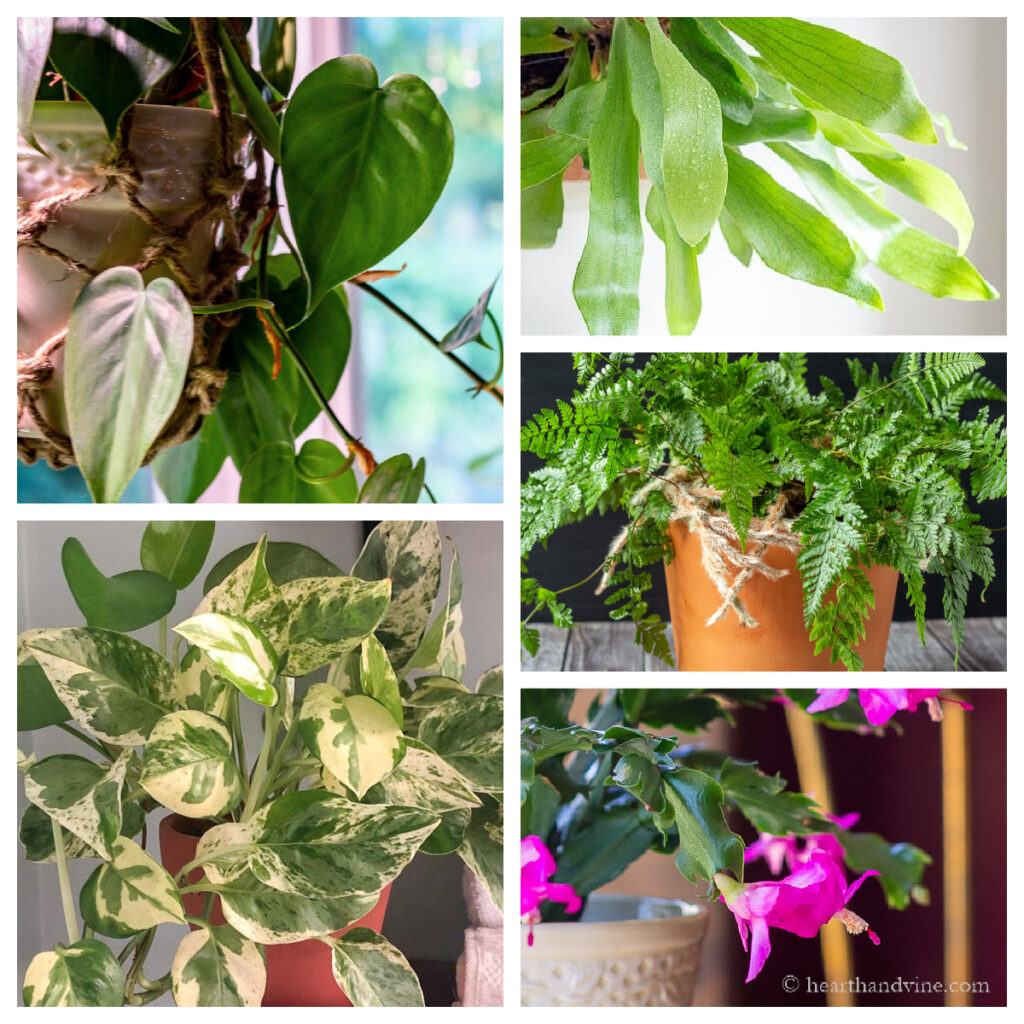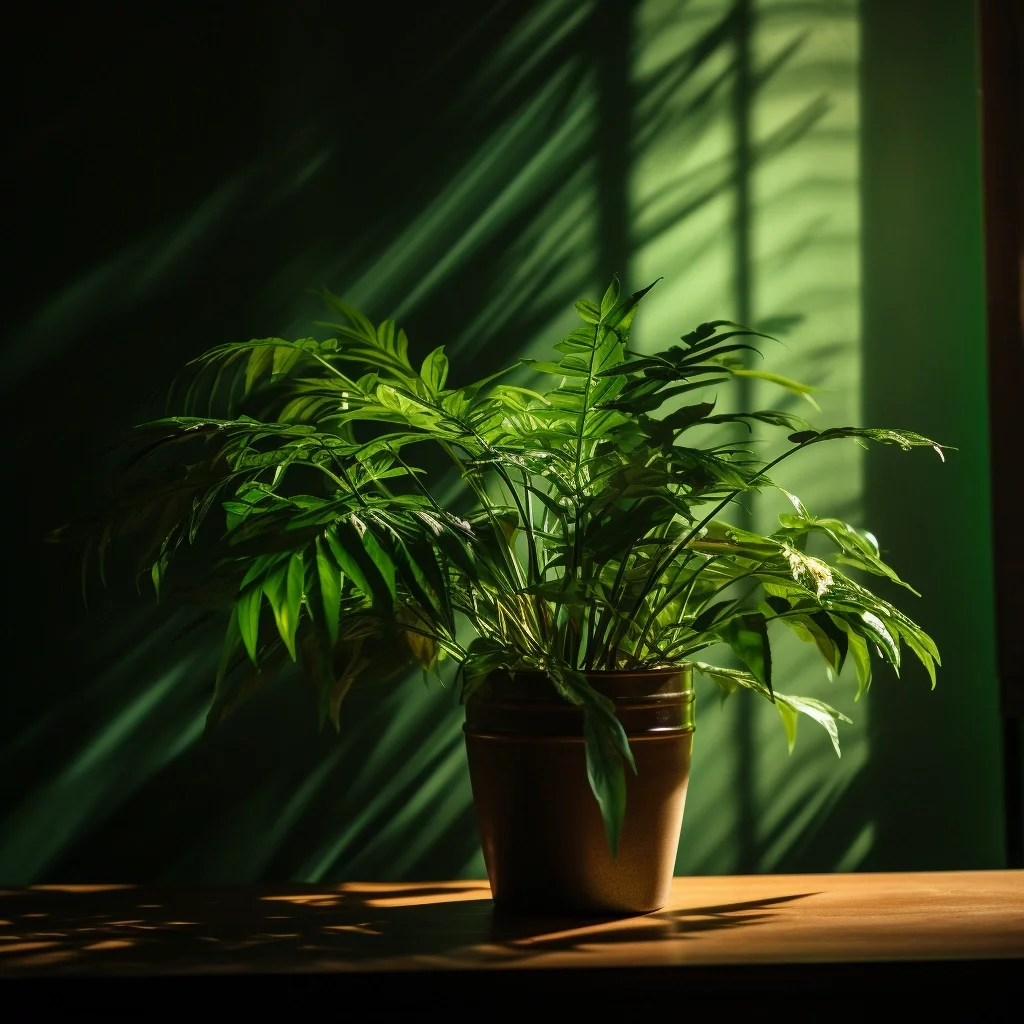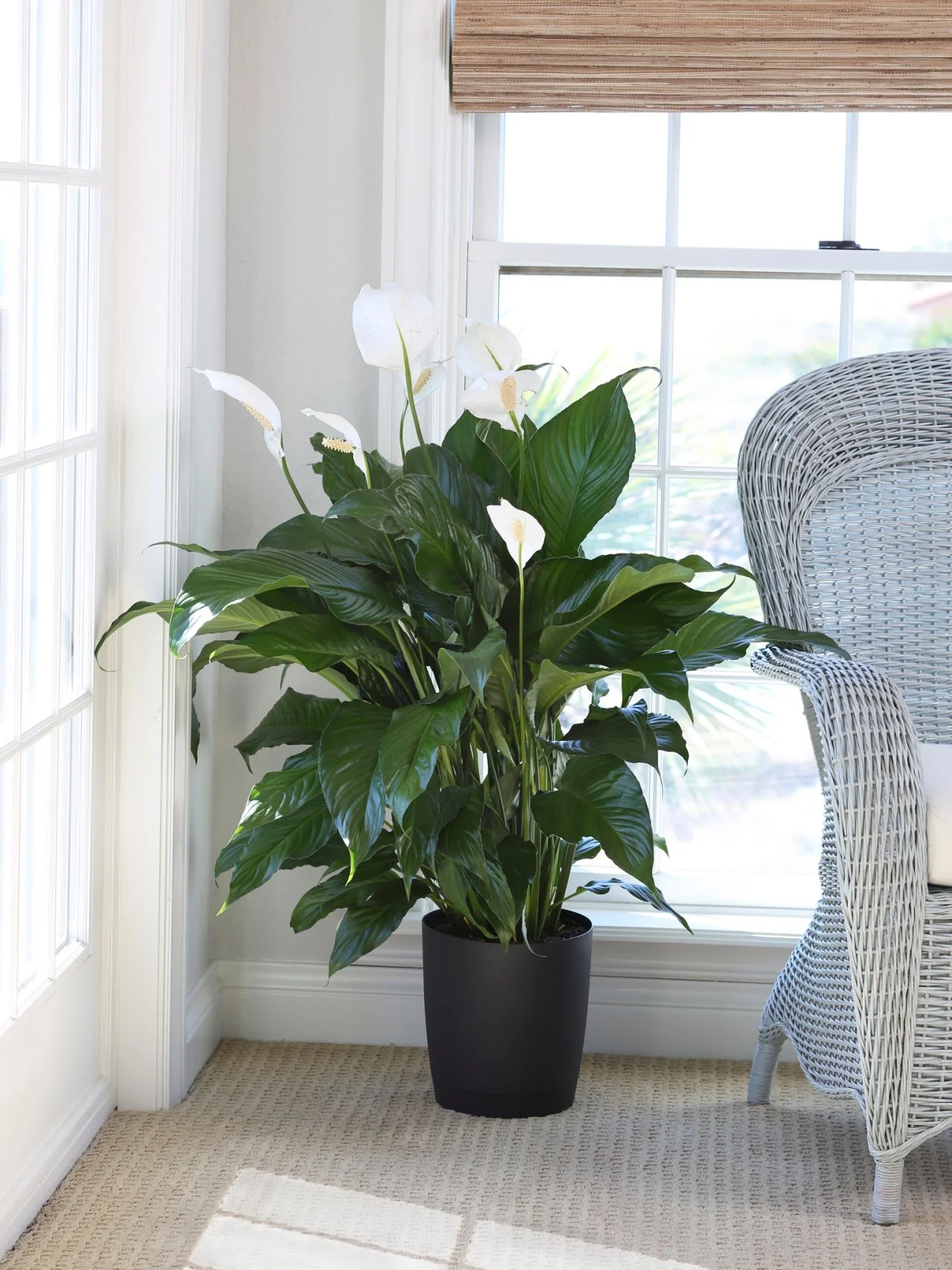Discover the Special Advantages of Low-Light Indoor Plants for Your Living Space
Including low-light indoor plants into your living room offers a multitude of benefits that extend much past simple looks. These sturdy plants not just grow in atmospheres with limited sunlight however additionally offer essential functions such as air purification and humidity enhancement. They can favorably affect your state of mind and general wellness while needing very little maintenance. As you consider the transformative potential of these plants, it becomes necessary to check out how their distinct qualities can tailor your setting to far better offer your way of life. What particular advantages might reverberate most with your individual area?
Air Filtration Advantages
Low-light interior plants not just improve the visual charm of living spaces but also play a significant function in air filtration. Research study has shown that certain plant varieties can efficiently get rid of typical indoor contaminants, including trichloroethylene, benzene, and formaldehyde. These compounds often originate from household products such as furnishings, cleaning products, and structure materials, contributing to interior air quality problems.
Plants such as the serpent plant, pothos, and peace lily are specifically adept at filtering harmful compounds from the air while thriving in low-light problems. The procedure of phytoremediation, wherein plants take in and metabolize toxins, allows these varieties to add considerably to a much healthier interior environment. Furthermore, with photosynthesis, plants release oxygen, further boosting air top quality.
Integrating low-light interior plants into office or home rooms not only offers aesthetic advantages but additionally serves as a practical approach for enhancing air quality. By picking the right varieties, individuals can develop a setting that promotes health and decreases exposure to harmful contaminants, making these plants an important component in modern-day interior living.

State Of Mind Improvement Results
Countless researches have actually shown that including indoor plants can dramatically improve state of mind and overall emotional wellness. The existence of greenery in interior atmospheres has actually been linked to minimized anxiety degrees, raised sensations of calmness, and improved emotional wellness. Low-light interior plants, in specific, flourish in settings where all-natural light is restricted, making them ideal for various living spaces.
Research study suggests that interacting with plants can promote the launch of serotonin, a neurotransmitter related to sensations of joy and health. In addition, the act of taking care of plants cultivates a sense of responsibility and success, further adding to positive mental wellness results. Low-light plants such as serpent plants, pothos, and tranquility lilies have actually been revealed to improve air high quality, which is inherently connected to state of mind improvement.
Including these plants into your home or workplace can develop a peaceful ambience, supplying a aesthetic and sensory retreat from the pressure of life - Best low-light indoor plants. As people spend boosting quantities of time indoors, the mood-enhancing results of low-light interior plants come to be much more crucial, giving not just aesthetic charm however also a profound influence on emotional health
Reduced Upkeep Requirements
For those seeking to enhance their interior areas without a significant time dedication, low-light indoor plants are a perfect selection as a result of their low maintenance requirements. These resistant plants prosper in less-than-ideal lighting conditions, making them best for homes and offices where natural sunlight is limited.

Pest resistance is an additional advantage of low-light interior plants. Lots of selections are much less prone to common parasites, lowering the demand for consistent tracking and intervention. Additionally, these plants typically expand much more slowly than their high-light counterparts, suggesting much less frequent repotting and trimming are essential.
Aesthetic Appeal and Versatility

In addition, these plants can be set up in myriad ways, whether in groups for a rich result or as standalone features to attract the eye. The selections of planter styles-- from streamlined ceramic pots to rustic wooden containers-- better enhance their aesthetic worth, permitting property owners to share their personal style.
Furthermore, low-light plants can be purposefully put in locations that might otherwise feel neglected, such as corners or poorly lit shelves, consequently maximizing their attractive possibility. Inevitably, the combination of their striking appearance and flexibility makes low-light interior plants an important enhancement to any space, producing an inviting atmosphere that promotes health and relaxation.
Improved Humidity Levels
Enhancing indoor moisture levels is one of the considerable advantages of integrating low-light interior plants into living rooms. These plants normally launch wetness vapor via a procedure understood as transpiration, which happens when water taken in by the origins moves via the plant and evaporates from the leaves. This process not only raises moisture but also adds to a healthier interior setting.
Improved moisture levels can minimize different health and wellness issues, such as dry skin, breathing issues, and allergies. Lots of people More about the author experience discomfort in dry interior problems, specifically during cold weather when home heating systems remain in usage. By strategically placing low-light plants throughout your home, you can develop a more balanced moisture degree that promotes overall wellness.
Additionally, specific low-light interior plants, like peace lilies and crawler plants, are specifically reliable at boosting humidity (Best low-light indoor plants). Thus, low-light indoor plants serve both functional and aesthetic functions, promoting a healthier environment.
Final Thought
In summary, low-light interior plants offer many benefits that contribute to a much healthier and extra inviting living space. Including these resilient plants into interior setups not just raises the setting however additionally advertises overall health, developing a serene shelter for locals.
Plants such as the snake plant, pothos, and peace lily are specifically skilled at filtering system damaging substances from the air while thriving in low-light conditions. Low-light plants such as serpent plants, pothos, and tranquility lilies have actually been shown to improve air high quality, which is intrinsically connected to state of mind enhancement.
Low-light interior plants, such as serpent plants, pothos, and ZZ plants, not only enhance the visual landscape of a space yet also introduce various textures and shades of green that can enhance varied indoor designs. These plants naturally release wetness vapor with a process understood as transpiration, which occurs when water absorbed by the roots moves via the plant and vaporizes from the fallen leaves.Moreover, certain low-light interior plants, like peace lilies and spider plants, are specifically efficient at boosting moisture.